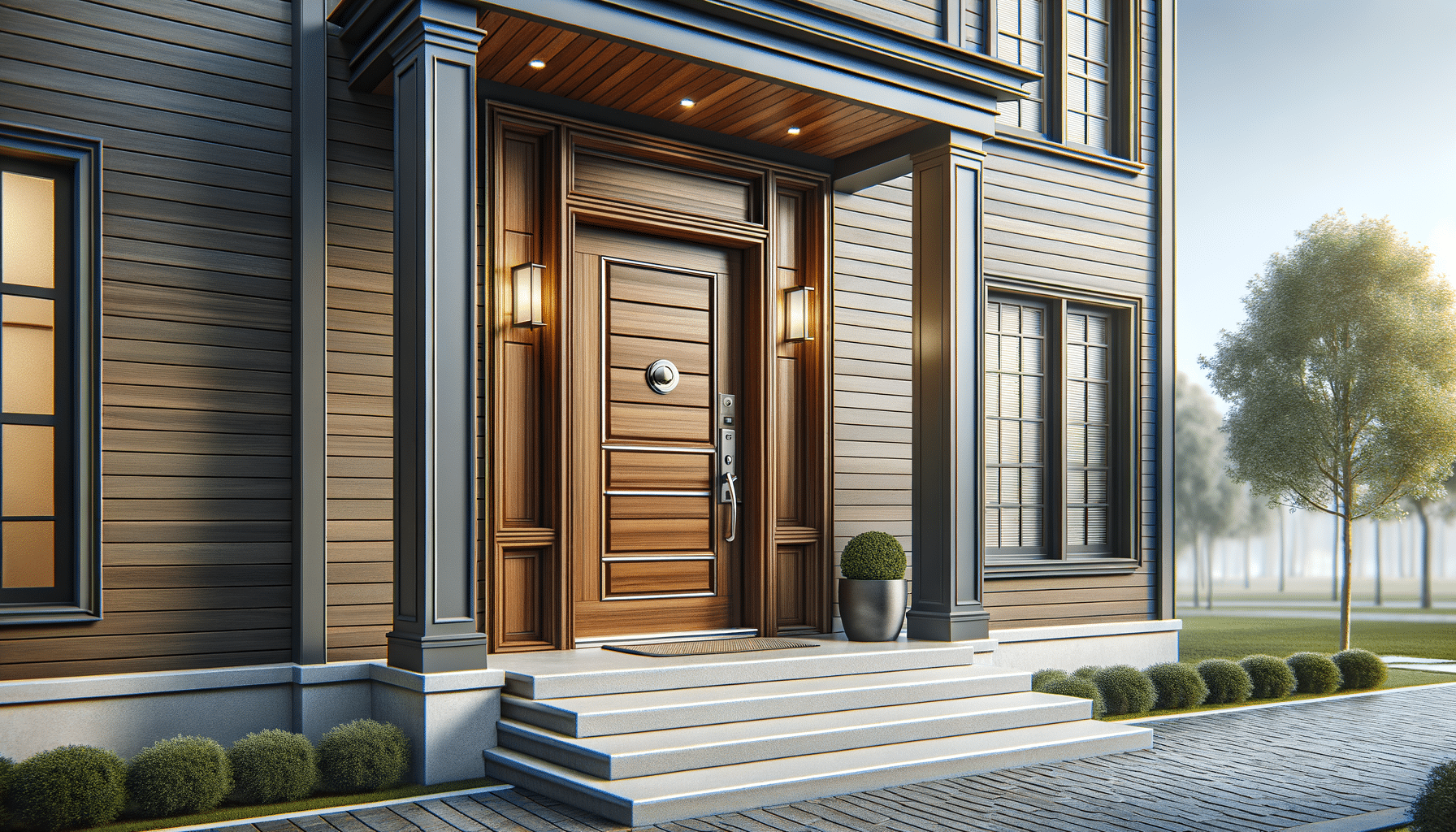
Upgrade Your Entry Door Today
Introduction to Entry Doors
Your entry door is more than just a gateway to your home; it is a statement of style, a barrier against the elements, and an essential component of your home’s security. Choosing the right entry door can enhance your home’s curb appeal while providing the necessary protection and insulation. This article delves into the various aspects of entry doors, highlighting their importance and offering insights into making an informed decision.
Materials Matter: Choosing the Right Entry Door
When selecting an entry door, the material is a crucial factor to consider. Each material offers distinct advantages and can significantly impact the door’s performance and aesthetics. Here are some popular materials used for entry doors:
- Wood: Known for its natural beauty and versatility, wood doors can be customized with various stains and finishes. However, they require regular maintenance to prevent warping and weather damage.
- Steel: Offering exceptional security and durability, steel doors are often more affordable than wood. They are energy-efficient but can be prone to dents and scratches.
- Fiberglass: Resembling wood in appearance, fiberglass doors are low-maintenance and resistant to warping, cracking, and rusting. They are excellent for energy efficiency and durability.
- Aluminum: Lightweight and resistant to corrosion, aluminum doors are often used in storm-prone areas. They may lack the insulation properties of other materials.
Understanding the pros and cons of each material can help you select an entry door that aligns with your priorities, whether they be aesthetics, security, or energy efficiency.
Design and Style: Making a Statement
The design of your entry door can significantly influence your home’s aesthetic appeal. With a wide array of styles available, homeowners can choose a door that complements their architectural theme. Consider the following design elements:
- Panels and Glass: Doors with decorative panels and glass inserts can add elegance and allow natural light to enter your home. Privacy glass options are available for those concerned about visibility.
- Color and Finish: The color and finish of your entry door can create a welcoming entrance. Bold colors can make a statement, while neutral tones offer a classic look.
- Hardware: The choice of handles, knobs, and locks can enhance the door’s overall style and security. Opt for finishes that match your home’s exterior elements.
By carefully selecting design features, you can ensure that your entry door reflects your personal style while enhancing your home’s curb appeal.
Security Features: Protecting Your Home
One of the primary functions of an entry door is to provide security. Modern entry doors incorporate various features to enhance safety and deter potential intruders. Consider these security aspects when choosing an entry door:
- Locks: High-quality deadbolts and smart locks offer enhanced security. Consider multi-point locking systems for added protection.
- Reinforcements: Steel and fiberglass doors typically offer better resistance to forced entry compared to wood. Reinforced frames and hinges can further improve security.
- Impact Resistance: In areas prone to extreme weather, impact-resistant doors can protect against flying debris and strong winds.
Investing in a secure entry door not only protects your home but also provides peace of mind.
Energy Efficiency: Keeping Your Home Comfortable
Entry doors play a critical role in your home’s energy efficiency. A well-insulated door can prevent heat loss during winter and keep cool air inside during summer. Here are some factors to consider for energy-efficient entry doors:
- Insulation: Doors with foam cores or thermal barriers offer excellent insulation. Look for doors with high R-values for better energy efficiency.
- Weatherstripping: Proper weatherstripping can seal gaps around the door, preventing drafts and enhancing insulation.
- Energy Star Certification: Doors that meet Energy Star standards are independently tested for energy efficiency, ensuring they meet high-performance criteria.
By choosing an energy-efficient entry door, you can reduce your energy bills and maintain a comfortable home environment.
Conclusion: Making the Right Choice
Choosing the right entry door involves considering various factors, including materials, design, security, and energy efficiency. By understanding your priorities and exploring the options available, you can select an entry door that enhances the beauty, security, and comfort of your home. Whether you prioritize style or functionality, a well-chosen entry door is an investment in your home’s value and your family’s safety.


